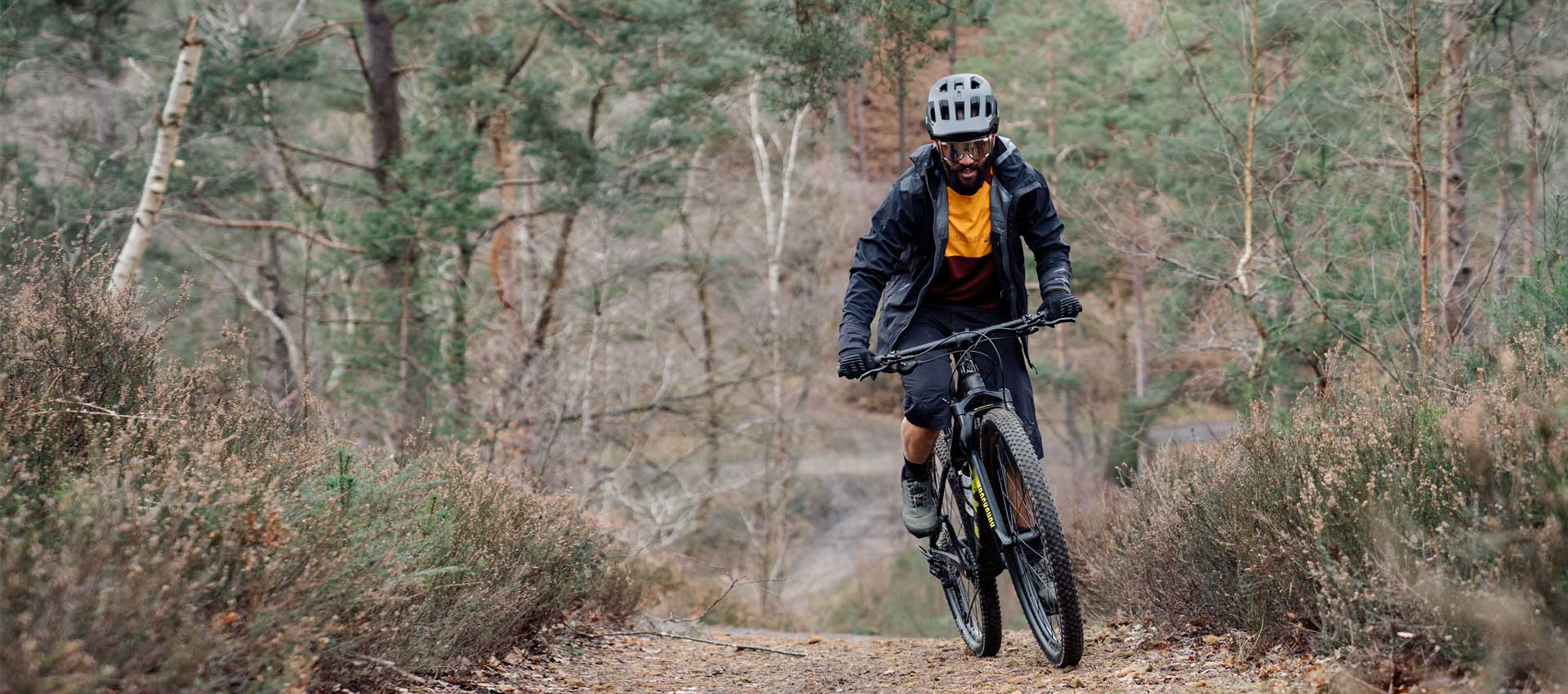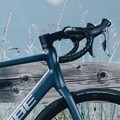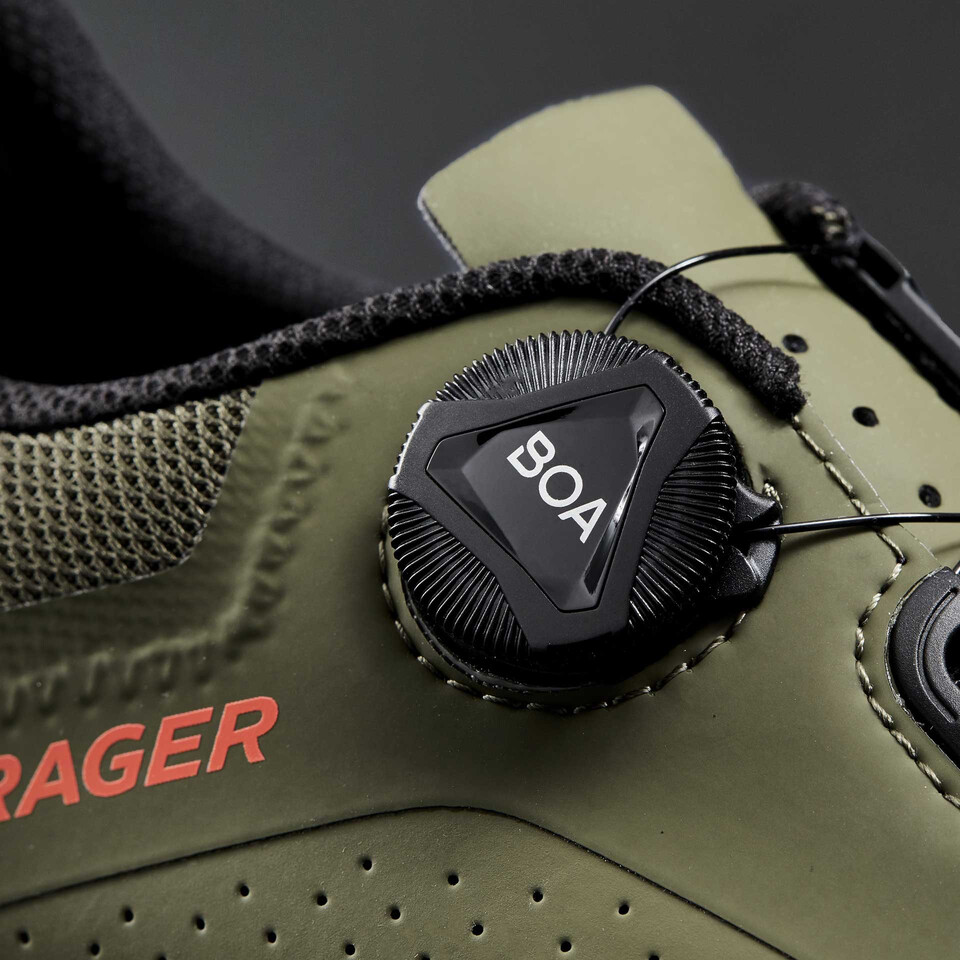
Mountain Bike Shoes
A Beginner's Guide
For those taking their first steps into mountain biking, purchasing specific cycling shoes might not be at the forefront of your mind. But as a vital contact point with the bike, having the correct footwear can make or break your ride. Designed to boost confidence on technical terrain, amplify power transfer and protect your feet from hazards, mountain bike shoes will aid your performance, making them a must-have for any aspiring cyclist.
Whether you ride flats or clipless, enduro or cross-country, this guide aims to shed light on which features are most suited to your ride style.
Do You Need Mountain Bike Shoes?
Owning specific mountain bike shoes will make a difference to your riding, enhancing your safety by improving traction on the pedals through rough sections of trail. For those not blessed with year-round sunshine, weatherproof designs with water-resistant panels help prevent the ingress of dirt and water without sacrificing breathability.
Stiff soles improve pedalling efficiency to reduce the amount of energy wasted on climbs and undulating terrain, whilst certain models add protective support to reduce the risk of an ankle injury.
How Do Mountain Bike Shoes Work?
Although some models can be visually similar to street shoes and share their casual aesthetic, a lot is going on at the heart of a mountain bike shoe. On flat shoes, soft, tacky rubber compounds latch onto pedal pins, and clipless shoes use a mechanical interface that attaches the shoe to the pedal via a cleat system. Many share features with their road equivalents but offer increased durability to fend off impacts and abrasion.
How should a mountain bike shoe fit?
Although fit is personal to each individual, certain hallmarks highlight how a mountain bike shoe should fit. The heel should feel snug and supported, which helps prevent excessive movement within the shoe when pedalling, and there should be a small amount of wiggle-room available in the toe box.
Comfort is crucial, and not every shoe will suit every rider, so it is worth comparing brands and models to find your ideal fit. Many brands cater for wider feet with width specific sizing, and in general it is advisable to shop your regular shoe size unless otherwise stated.
How to Choose Mountain Bike Shoes
With a sport as diverse as mountain biking, there is no one shoe to rule them all. It pays dividends to find a shoe that suits your prospective riding style, with certain features being geared more towards one discipline than another. For those aiming to take the world of cross country racing or riding by storm, a lightweight, stiff clipless shoe will excel. Respectively, downhill gravity-fiends may find benefit in a robust, durable flat-pedal shoe to deflect impact and instil confidence-inspiring grip on steep, rowdy trails.
Lace up, BOA, Velcro - which one is right for me?
There are a range of closure systems on the market, so choosing the right one for you can be a minefield. In general, all will fulfil the same purpose, although they achieve it in different ways. BOA and Velcro are both quicker to fasten than lace-up options, with the former delivering a secure ratcheted fit that is quick to release if required. Lace-up shoes offer a wide degree of fit personalisation but are slow to take on/off and quickly become a hazard if they loosen mid-ride.
Flats or clipless, which should I choose?
The thought of clipping yourself into your bike may be an intimidating prospect, but clipless shoes are undoubtedly advantageous, depending on your specific discipline. Clipless systems deliver superior pedalling efficiency, which sees them as the shoe of choice for many cross-country, trail and even enduro cyclists, and ensures perfect foot placement through rough trail sections. The interface works by engaging a shoe-mounted cleat with a catch on the pedal, which can then be disengaged by twisting your heel to the side, a process that becomes second nature through practice.
Many riders prefer the freedom of flat shoes, which provide unrestricted movement for foot-out, flat-out cornering and general ease of use. These shoes have come a long way in their design and feature low-durometer rubber compounds to deliver the grip needed to maintain solid footing, making them well suited to aggressive disciplines such as downhill and freeride mountain biking.
As a general rule of thumb, it is recommended for beginners to start with flat pedals. The added freedom of movement allows the foot to move around to aid traction and balance, helping to establish fundamental bike control skills.
How to Clean Mountain Bike Shoes
Inevitably your fresh pair of mountain bike kicks will get dirty, and although many are designed to shed mud and grime, a clean may be in order. If possible, wipe down your shoes with a damp cloth, but occasionally a more intensive soak is required to return them to their former glory. Fill a bucket with warm water and mild soap, remove the insoles and scrub them down with a soft-bristled brush. Finish off with an air-dry outdoors or in an airing cupboard rather than drying through heat. To prolong your shoes lifespan, machine washing and tumble drying should be avoided.
No matter your ability or cycling discipline, our collection of mountain bike shoes is sure to have a model to complement your ride style. Browse our diverse range and find your perfect pair today.
Looking for expert advice face to face? You can book in for a shoe consultation at both our Hampton Wick and Oakham stores.













